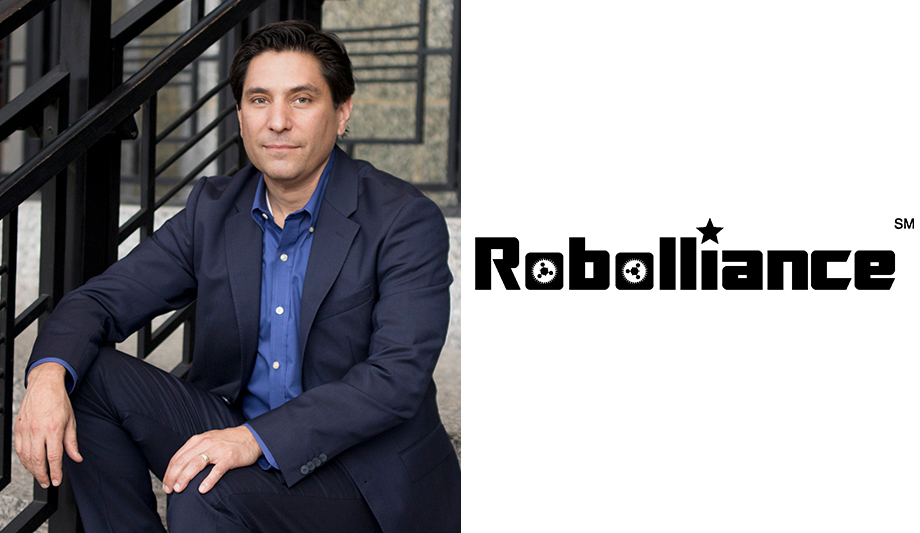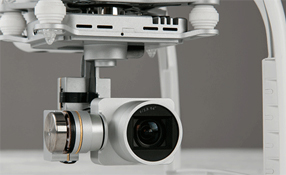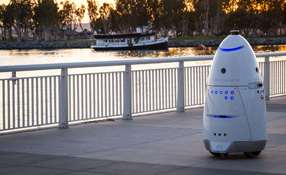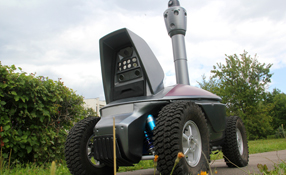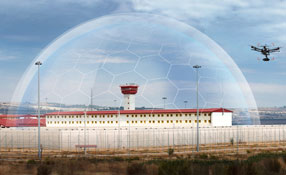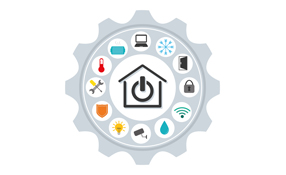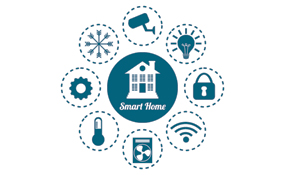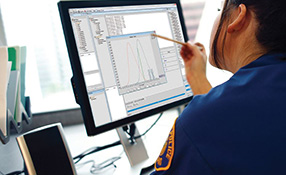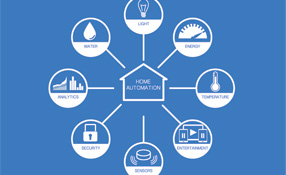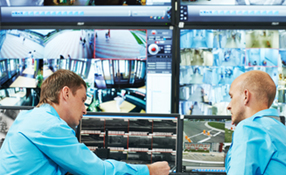There’s no better indication that robots are the next big thing in security than the formation of the industry organization known as Robolliance. It’s billed as “a forum for technology partners and industry experts in robotics, surveillance and security to advance the understanding and awareness of the Autonomous Robotics marketplace.”
Founded by Sharp Electronics Corp, its members include some of the biggest names in security and technology including Bell and Howell, Rajant Corporation, Autonomous Solutions, Inc. (ASI), and others.
Sharp Vice President and Deputy General Manager Cliff Quiroga is helping to lead the charge on robotics for security. Recently, he spoke with SourceSecurity.com about the new organization and what all the talk about robots means for the security industry.
SourceSecurity.com: What prompted the creation of Robolliance? How will it help drive innovation in this technology?
Quiroga: There are two facts about the introduction of high-tech to our personal and professional lives. One, new technology is disruptive. Two, most people resist change. I remember Forbes publishing an article a few years back about the top five reasons people resist change. The writer’s recommendation was to take the time to understand the change, who it will impact, how it will impact and why people might resist it. Robolliance does just this. Robotics’ introduction into the security industry will be much more disruptive than a smart phone. The fact that people resist change is what Robolliance is all about. It is a resource where people can go to understand and become aware.
SourceSecurity.com: What were the main takeaways from PSA TEC [PSA Security Network’s yearly conference] where Robolliance was announced?
Quiroga: As Sharp Electronics Corporation was bringing together sponsors to work together on Robolliance, PSA was making a parallel effort to bring robotics into the purview of their membership of security integrators. What better place to introduce both our efforts? PSA has a history of introducing the “next big thing” to their integrators before they eventually hardwire the topic to their training curriculum. Over prior years, they had great success with the introduction of cybersecurity, which is now a focal point of the education security integrators receive to grow their business. Robotics is what PSA deems that “next big thing”.
SourceSecurity.com: How will the organization contribute to innovation in robotics?
Quiroga: Robolliance serves as an incubator for individuals and organizations to do their best work. The composition of Robolliance extends beyond the sponsors to the followers, who will join the forum to share stories, collaborate ideas and cross-educate one another. A company, like Sharp Electronics Corporation, has a history of engineering and manufacturing success. Robolliance brings a company, like ours, into an ecosystem that includes other robotics, surveillance and security experts, who can stay within their wheelhouse and leverage their core competencies in contribution with other thought-leaders, who believe in the future of robotic technology. Together, we have the potential to shorten innovation cycles and increase speed to market.
 |
| The role of robotics in security today is still in its infancy, but indications are the market is ready and waiting for the technology |
SourceSecurity.com: What role is robotics playing now in security?
Quiroga: The role of robotics in security today is still in its infancy. Aerial drones are just starting to appear with some corporate security organizations, but progress has only been inching along, while security and safety directors wait to see how the FAA [U.S. Federal Aviation Administration] will finalize regulations. Concerning ground-based robotics, there is no unmanned ground vehicle (UGV) on the market today dedicated to outdoor autonomous patrol and surveillance. All indications are the market is ready and waiting for the technology.
SourceSecurity.com: Is the primary trend using robots as security guards? Where do they work best? Patrolling perimeters and warehouses?
Quiroga: We believe the trend is in “Collaborative Robotics” – products that increase the overall productivity of workers, such as security guards. Technology innovation at its best tends to make workers more productive. Robotic products as applied to security tend to show the most promise for those dull, dirty and dangerous – the 3Ds – applications. Examples of this include utilities, such as electrical and water treatment, manufacturing and petro-chemical processing facilities. Typical roles for a security robot on these sites are perimeter patrols and asset verification.
SourceSecurity.com: What are the challenges?
Quiroga: There is still a lot of emerging technology that will allow ground-based robots to expand and perform more functions than we see today. At the moment, speed is limited, but as sensor technology costs come down, we will see travel speeds of UGVs increase.
SourceSecurity.com: Does it create liability?
Quiroga: For the most part, we don’t see an increase in liability, especially when we compare the risks and cost related to a person performing dangerous security activities versus having a robot perform those same tasks.
SourceSecurity.com: What are the challenges of using robots in this capacity?
Quiroga: We believe “change” in general is the biggest challenge. We are all creatures of habit, and using a new tool will require some retraining and adjustments, but we believe as with any new technology this will come with time and exposure.
SourceSecurity.com: What are the technical breakthroughs companies are focusing on and need to solve in this area?
Quiroga: The basic uses have been defined, and the fundamental capabilities are possible. The improvements will come, just as they have for personal computers. Improvements in performance of key robot components, such as sensors (such as Lidar), will happen and in turn the cost reductions will come as those components are used in more and more products.
SourceSecurity.com: What is the most promising market for companies in the robot security area?
Quiroga: The most promising market for the autonomous ground-based vehicles is any large private or government outdoor facility with constant “guard-tours” and safety/security compliance reporting requirements.
Read Part 5 of our Robots In Security Series here
